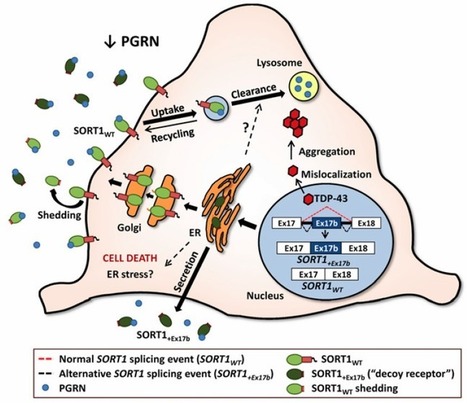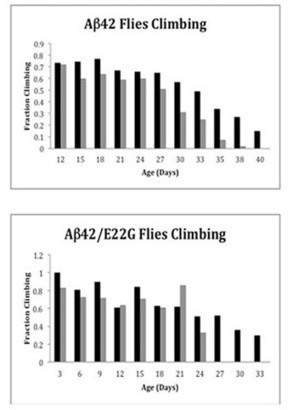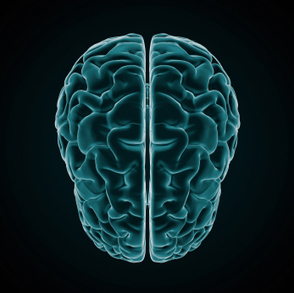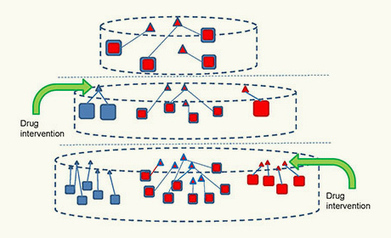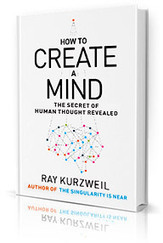The findings shed new light on the link between culprits implicated in two devastating neurological diseases: Alzheimer’s disease and amyotrophic lateral sclerosis, also known as Lou Gehrig’s disease, which afflicts physicist Stephen Hawking.
There is no cure for frontotemporal dementia, a disorder that affects personality, behavior and language and is second only to Alzheimer’s disease as the most common form of early-onset dementia.



 Your new post is loading...
Your new post is loading...

